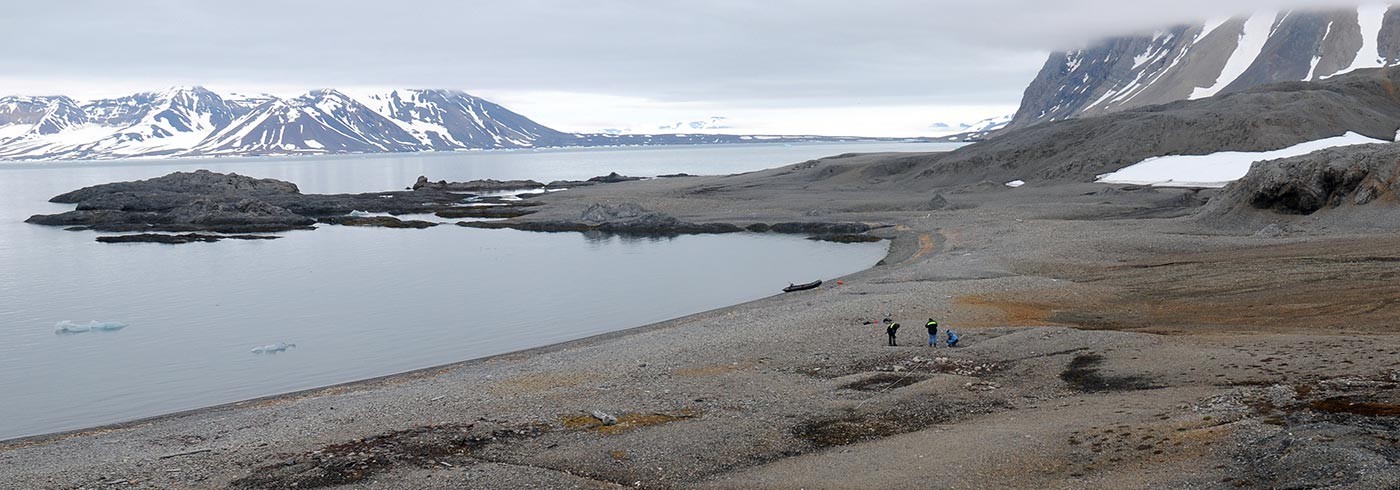This project will develop and test methods for performing effective documentation of archaeological sites in the polar regions, in order to inform best practices in cultural heritage conservation and management. The project will test those methods by documenting the archaeological remains of the Swedish-Russian Arc-of-Meridian Expedition (1899–1901) at Sorgfjorden on north-eastern Spitsbergen, Svalbard.
The value of polar cultural heritage has become increasingly clear in recent years, driven by increased scholarly interest, but also higher volumes of tourist traffic, climate change (which places additional pressure on material remains), and the political importance of administering cultural heritage in sites under national sovereignty. Therefore the project will work in close collaboration with the Office of the Governor of Svalbard, in order to produce documentation of a site that is currently almost entirely un-surveyed and of considerable historical and cultural heritage interest.
A suite of technologies and methods from geodesy will be tested, ranging from laser scanning and photogrammetry to aerial photography from unmanned aerial vehicles (drones), and their efficacy analyzed and reported.
At the conclusion of the fieldwork and analysis phases, a workshop will be held to disseminate the results to cultural heritage management professionals and to produce an edited volume summarizing the state of the art in the application of geodetic and archaeological methods to cultural heritage management in the Polar Regions, and quite possibly beyond.
Principal investigator
Dag Avango
Division of History of Science, Technology and Environment, KTH Royal Institute of Technology

